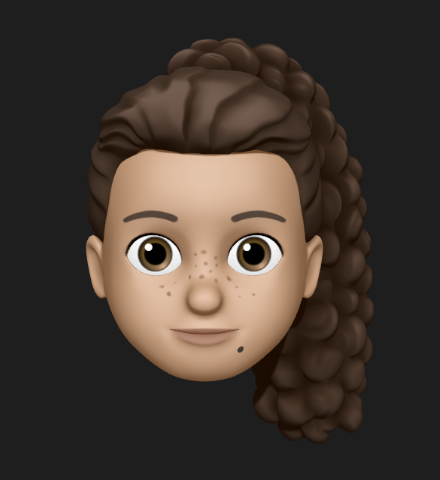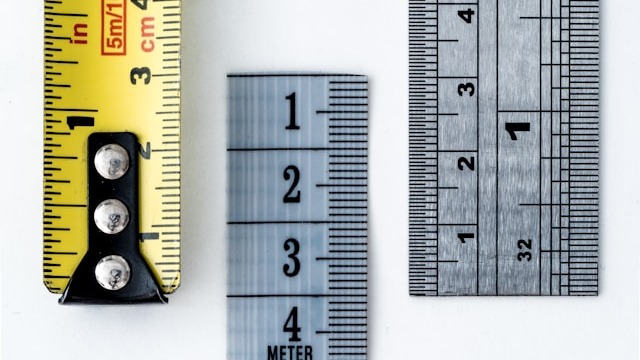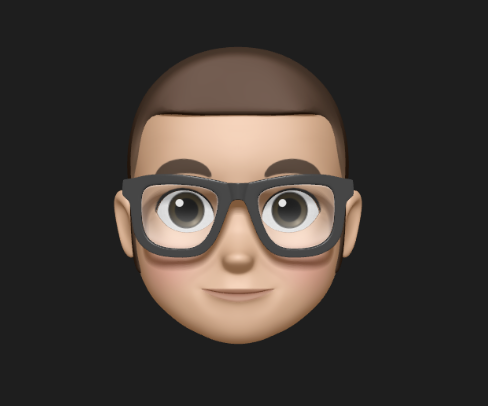 Work and Travel
Work and Travel Expedia TAAP Mexico: What It Is, How to Register, and Benefits
Expedia TAAP Mexico could be the competitive advantage your agency is looking for. Discover how to register and how you can boost your income.



Have you traveled to another continent—or even just to our northern neighbor—and noticed that the measurement units are different? Sometimes that can be a problem, especially if you rent a car and have to adapt to distances in miles instead of kilometers.
But it's not just distances—there are a wide variety of measurements, and they're not always presented the same way in every country.
In some places, measures are expressed in pounds instead of kilos or feet instead of meters. That’s where a unit converter becomes essential for interpreting data correctly.
That’s why today we're going to explain what a unit converter is, how it works, and the types that exist.
It’s a tool designed to understand or compare values between different countries or systems. They’re used to change one measurement unit to another—for example, from kilos to pounds or liters to gallons.
Unit converters are useful in many everyday life situations. They’re commonly used in science, education, or international trade—and they’re extremely practical for travelers.
These converters operate based on conversion factors, which are fixed mathematical relationships between different units. They take a value in one unit and transform it into its equivalent in another.
Suppose you want to know how many centimeters are in 5 inches. The tool uses a conversion factor of 2.54 since 1 inch equals 2.54 centimeters.
So the calculation becomes: 5 × 2.54 = 12.7 cm.
That’s how unit converters work—and they do it in seconds. Just input the value, select the origin and target units, and the tool delivers the result.
The main difference between Mexico and other continents in unit usage is the system of measurement applied.
Mexico uses the most common one: the International System of Units (SI), which is standardized. This allows you to work with clear and easily convertible units.
Examples of this system in Mexico:
Length: meter (m).
Mass: kilogram (kg).
Temperature: degrees Celsius (°C).
Volume: liter (L).
Speed: kilometers per hour (km/h).
SI is used in most countries worldwide. However, certain regions of North America and Africa use other systems.
For example, the United States uses the U.S. Customary System. In Africa and Asia, SI is used, but for certain products or measurements, local traditional systems are still employed.
Region | Primary System | Example Units |
Mexico | International System (SI) | meters, kilograms, km/h, liters, °C |
United States | U.S. Customary System | feet, pounds, gallons, °F, miles, inches |
European Union | International System (SI) | meters, kilograms, liters, °C |
United Kingdom | Mixed (Imperial & SI) | miles & mph on roads; meters, liters, kg, °C elsewhere |
Canada | Mixed (SI predominant) | kilometers, pounds, liters, °C |
Africa (varied) | Predominantly SI / Mixed | meters, kg, liters; some traditional units in places |
Although it may seem trivial, these differences can cause confusion in practice.
For example: planning international trips.
Imagine you book a flight via Momondo or Skyscanner from Mexico to the U.S.
In Mexico, it’s usual for airlines to show baggage dimensions in kilograms or centimeters. But if the destination is the U.S., they might display weight in pounds or inches, since they use the Imperial system.
While not common, this could be confusing when checking your luggage weight limits. Having a unit converter handy is the solution.
Unit converters can be classified in two ways:
Converter Type | Description | Common Units |
Length measures converter | Converts between different distance units | meters, kilometers, feet, inches, miles |
Mass or weight converter | Converts between mass or weight units | grams, kg, pounds, ounces, tons |
Volume converter | Converts liquid or solid capacity measures | liters, milliliters, gallons, cubic meters |
Temperature converter | Converts temperature scales | °C, °F, Kelvin |
Time converter | Converts between time formats | seconds, minutes, hours, days, weeks |
Speed converter | Converts speed units across systems | km/h, m/s, mph |
Energy converter | Converts energy measurement units | joules, calories, kWh |
Pressure converter | Converts pressure units | Pa, atm, mmHg, psi |
Area converter | Converts surface measure units | m², hectares, acres, ft² |
Other specific converters | Converts less common units in technical or digital areas | density, force, frequency, digital storage |
Converter Type | Description |
Manual converters | Require formulas or printed tables |
Physical/mechanical converters | Physical tools with built-in conversion functions |
Digital or online converters | Webpages, apps, or software that convert units automatically |
Integrated technical converters | Built into specialized software or systems (e.g., CAD, ERP, spreadsheets) |
With the Internet at your fingertips, it is very easy to know the exchange rate of a country or to make complex calculations instantly. You just need to choose tools that make it easy.
Fortunately, you have several options for unit converters, including:
Google’s unit converter is the fastest option if you don’t want to browse other sites. Simply type the conversion (e.g., “10 km to miles”) and hit “Enter.” Google auto-detects it and delivers instant results.
It supports length, weight, temperature, volume, and nearly any other measure.
For specialized needs, try ConvertUnits.com. Whether for length, mass, volume, or other units, it converts a wide range. Fast, versatile, free—and it even offers old or obscure unit conversions.
If you prefer using your phone:
Unit Converter (Android): Converts over 70 categories, supports 150 currencies.
Convert Units (by Adysseus) (iOS): Converts 12+ unit types, clean design, great for saving favorites.
These apps can convert volume, weight, length, temperature, and more at your convenience.
Unit converters are practical choices for comparing data between different measurement systems. That’s why it’s useful to understand what they are and how they work.
While the tools listed aren’t the only ones available, they’re excellent for instant measure conversions.
And speaking of tools that simplify life, DolarApp is right up there!
How so?
DolarApp is a modern alternative for managing digital dollars and euros in countries like Argentina, Mexico, Brazil, and Colombia.
With a global digital account, you can send or receive money internationally anytime from your phone. You’ll also be able to buy or sell EURc or USDc at a fair exchange rate.
And if you’re traveling abroad, order your international card (DolarCard) to pay for expenses—effortlessly.
Download DolarApp and discover everything you can do in just a few clicks!

The world has borders. Your finances don’t have to.
 Work and Travel
Work and Travel Expedia TAAP Mexico could be the competitive advantage your agency is looking for. Discover how to register and how you can boost your income.

 Work and Travel
Work and Travel Build your own kit with the best travel apps to plan, book, and manage every trip detail from your phone.

 Work and Travel
Work and Travel Expedia Flights Mexico and its loyalty program are exactly what you need to save money. Discover how to book cheaply and the benefits of Expedia Rewards.


